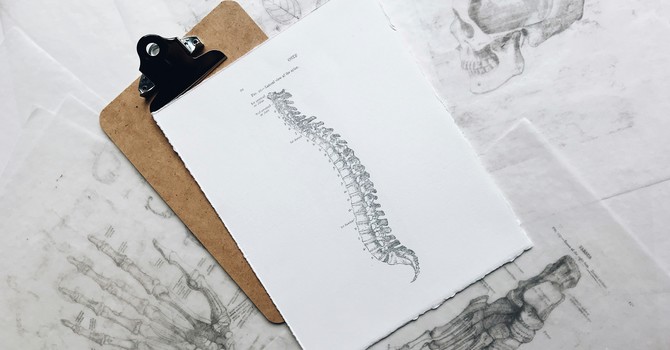
Understanding Massage Therapy: What It Is, What It Treats, and Why It Matters
Massage therapy has been practiced for thousands of years across many cultures, and today it remains one of the most popular and accessible forms of holistic healthcare. Whether you're seeking relief from chronic pain, looking to reduce stress, or simply hoping to enhance your well-being, massage therapy offers a variety of benefits. But like any form of treatment, it’s important to understand what it involves, what conditions it can help, and what to watch for.
What Is Massage Therapy?
Massage therapy is a hands-on technique that involves manipulating the muscles, tendons, ligaments, and soft tissues of the body to promote relaxation, improve circulation, and support physical and emotional health. A registered massage therapist (RMT) is trained in a variety of techniques—ranging from gentle Swedish massage to more targeted approaches like deep tissue, myofascial release, or trigger point therapy—depending on the client's needs.
What Issues Can Massage Therapy Treat?
Massage therapy is used to help with a wide range of physical and emotional conditions, including:
-
Muscle tension and soreness
-
Chronic pain (e.g., lower back, neck, or shoulders)
-
Headaches and migraines
-
Sports injuries and repetitive strain injuries
-
Postural imbalances
-
Arthritis and joint stiffness
-
Stress, anxiety, and depression
-
Pregnancy-related discomfort (prenatal massage)
-
Post-surgical rehabilitation
It can also complement treatment plans for conditions like fibromyalgia, sciatica, or TMJ dysfunction.
Benefits of Massage Therapy
The benefits of massage therapy go far beyond relaxation. Some of the most common and well-documented benefits include:
-
Pain relief: Helps reduce muscle tension and chronic pain.
-
Improved circulation: Encourages healthy blood flow and reduces inflammation.
-
Reduced stress and anxiety: Promotes relaxation by lowering cortisol levels and increasing serotonin and dopamine.
-
Improved mobility and flexibility: Enhances joint range of motion and muscle function.
-
Better sleep: Helps promote deeper, more restful sleep.
-
Boosted immune function: Some studies suggest massage may help support immune system health.
-
Faster recovery: Aids in rehabilitation from injury or surgery by improving tissue repair and reducing scar tissue.
Potential Risks and Considerations
While massage therapy is generally safe for most people, there are some potential risks and contraindications to consider:
-
Bruising or soreness: Especially after deeper techniques.
-
Allergic reactions: To massage oils or lotions.
-
Worsening of certain conditions: Such as acute inflammation, infections, fractures, or blood clots.
-
Not suitable for certain medical conditions: Including some cancers, cardiovascular conditions, or skin infections—unless cleared by a healthcare provider.
Always communicate openly with your massage therapist about your medical history, current medications, and specific concerns. They can adjust the technique or refer you to another healthcare professional if needed.
Final Thoughts
Massage therapy is a powerful tool in the journey toward health and wellness. When delivered by a qualified professional, it offers not only physical relief but also emotional balance and mental clarity. Whether you’re managing a specific condition or simply seeking time to relax and recharge, regular massage therapy may be a valuable addition to your self-care routine.



